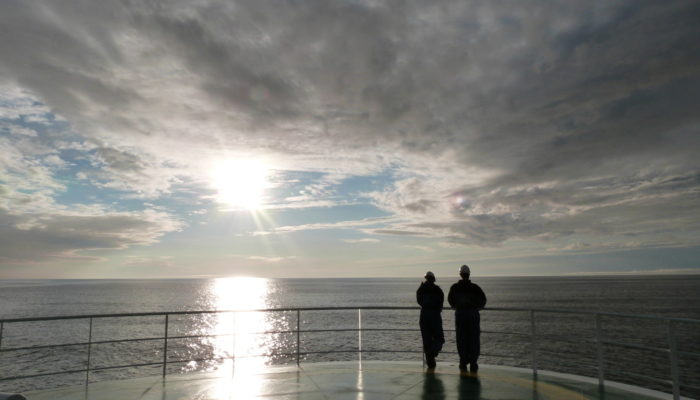After a long wait, EGU has this month launched our much-anticipated preprints – the newest feature of the Open Access repository EGUsphere. Now for the first time, authors can upload preprints to the online server, taking advantage of EGU’s pioneering public peer-review process, whilst preparing their papers for future release. Three different roads for preprints are available with EGUsphere: Prep ...[Read More]
GeoRoundup: the highlights of EGU Journals published during January!
Each month we feature specific Divisions of EGU and during the monthly GeoRoundup we will be putting the journals that publish science from those Divisions at the top of the Highlights roundup. For January, the Divisions we are featuring are: Earth Magnetism and Rock Physics (EMRP) and Geochemistry, Mineralogy, Petrology and Volcanology (GMPV). They are served by the journals: Geoscientific Model ...[Read More]
GeoRoundup: the highlights of EGU Journals published during December!
Each month we feature specific Divisions of EGU and during the monthly GeoRoundup we will be putting the journals that publish science from those Divisions at the top of the Highlights roundup. For December, the Divisions we are featuring are: Cryospheric Sciences (CR), Soil System Sciences (SSS) and Tectonics and Structural Geology (TS). They are served by the journals: Geoscientific Model Develo ...[Read More]
GeoRoundup: the highlights of EGU Journals published during November!
Each month we feature specific Divisions of EGU and during the monthly GeoRoundup we will be putting the journals that publish science from those Divisions at the top of the Highlights roundup. For November, the Divisions we are featuring are: Energy, Resources and Environment (ERE), Nonlinear Processes in Geoscience (NP) and Seismology (SM). They are served by the journals: Geoscientific Model De ...[Read More]


